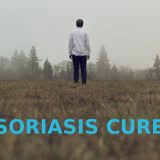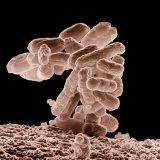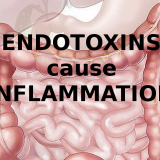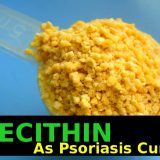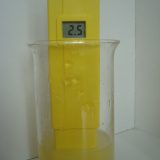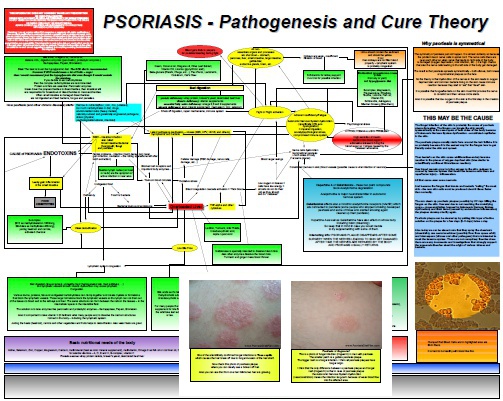Colostrum: The Anti-Inflammatory and Anti-Microbial Effects For Psoriasis
When mentioning colostrum most people think probably just about its immunoglobulin content and perhaps are afraid that it may not be the best supplement for psoriatics because psoriasis is considered to be an autoimmune condition and immune support would cause just more inflammation. The reasons why psoriasis can not be an autoimmune disease are stated in many of my blog posts so I won’t address this topic now. In this post I would like to focus more on anti-endotoxin effects…



